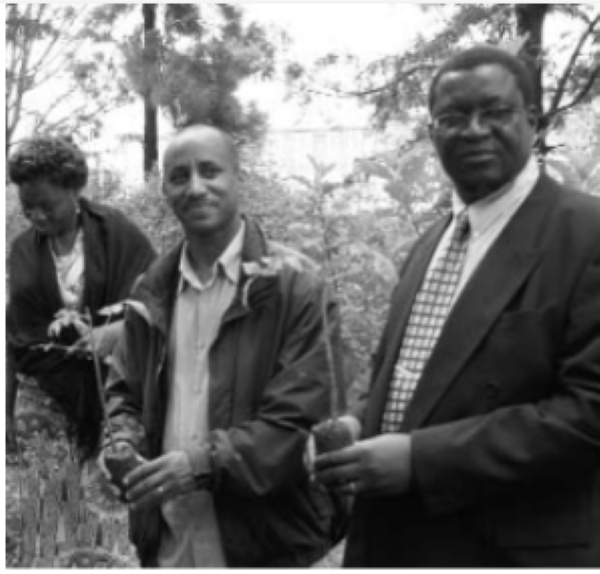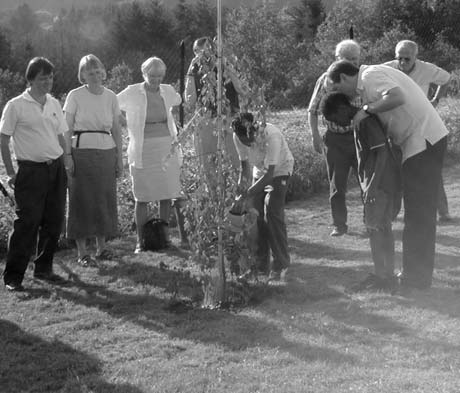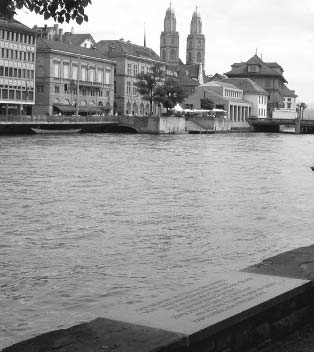-
MWC and trees – 2010
MWC continued a tradition of planting a tree at some loca tion in the country hosting an MWC event; but on Sunday, August 1, it planted 38 trees at the Misrak Meserete Kristos Church, the largest MKC congregation in Ethiopia. Pictured, MKC chair Tewodros Beyene (centre) and MWC president Danisa Ndlovu prepare for the planting.
-
MWC and trees – 2004
Trees have been important symbols in Anabaptist history. That tradition continued when the Executive Committee met in Strasbourg, France, July 29-August 4, 2004. Top: During an excursion to Anabaptist historical sites, MWC Executive Committee members and staff stopped at this oak tree at Le Salm. Oral tradition has it this tree was planted in 1793
-
A tale of two cities
What began in this very place nearly five centuries ago—with one group of people gathered around one Bible listening to one man (Zwingli) preaching daily from the Gospel of Matthew—has resulted in at least two communities, two identities, and two traditions. Too often these have been one over against the other.


